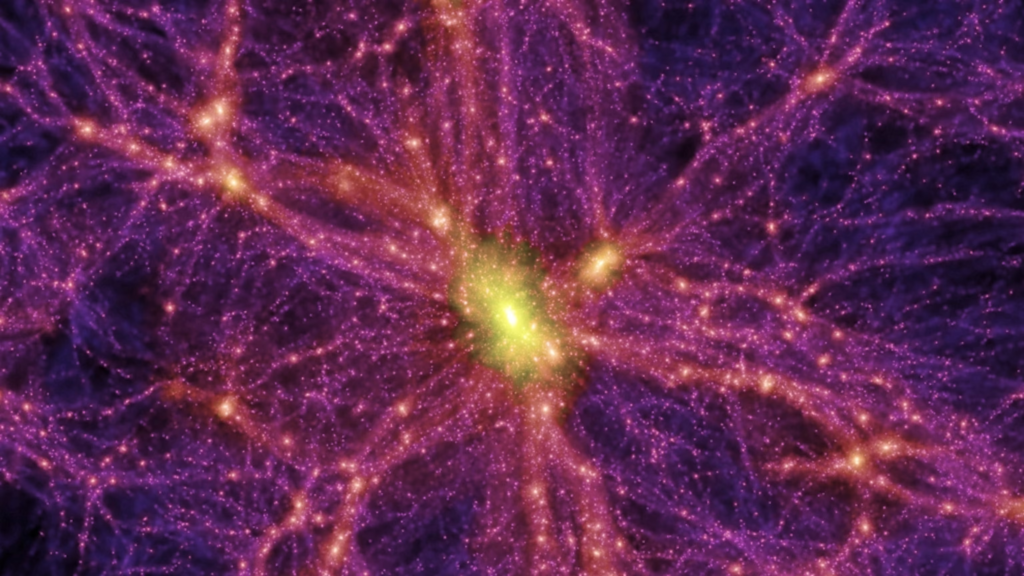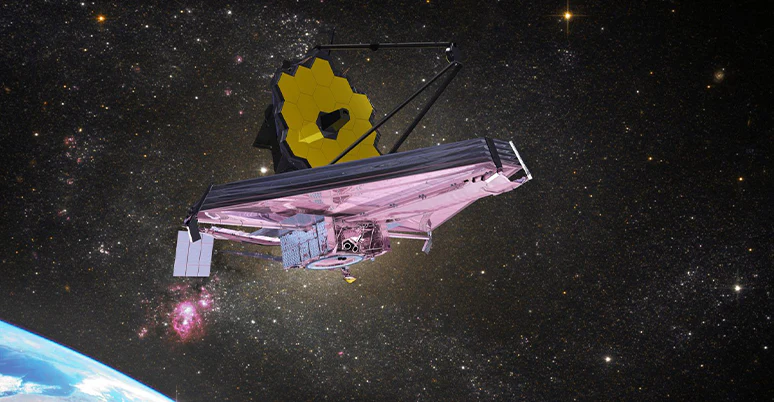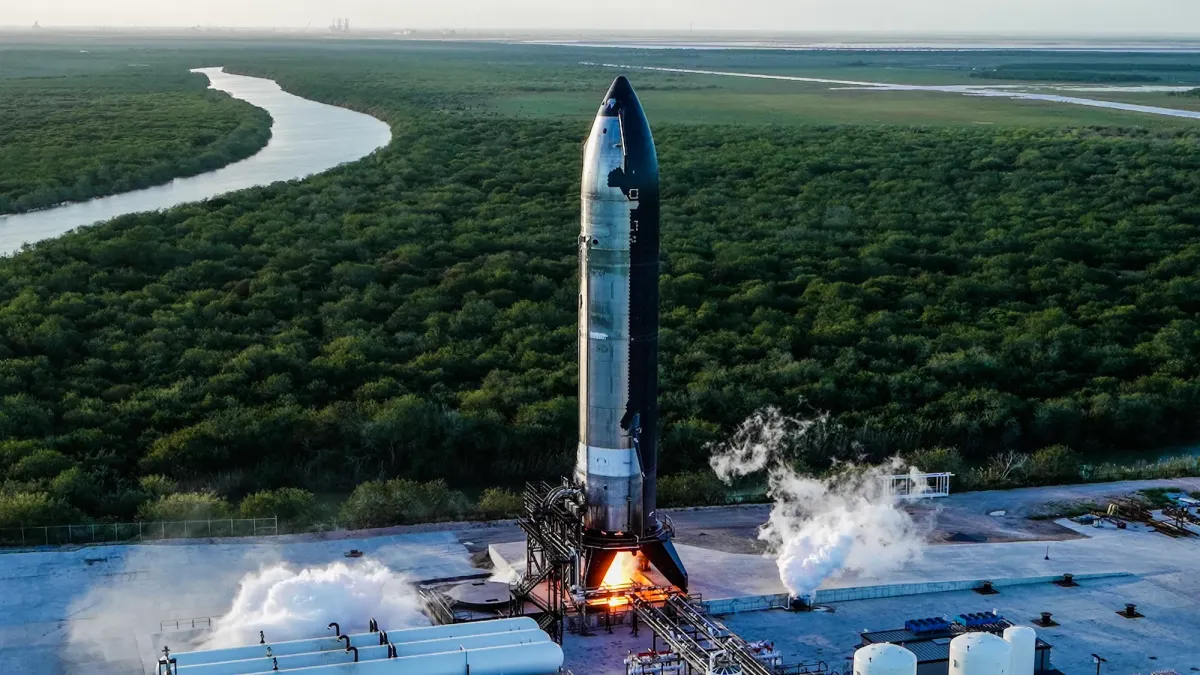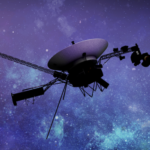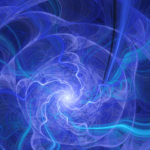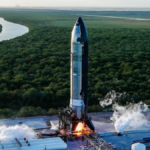Now Reading: How Gravitational Waves Revolutionize Our Understanding of the Universe
-
01
How Gravitational Waves Revolutionize Our Understanding of the Universe
How Gravitational Waves Revolutionize Our Understanding of the Universe
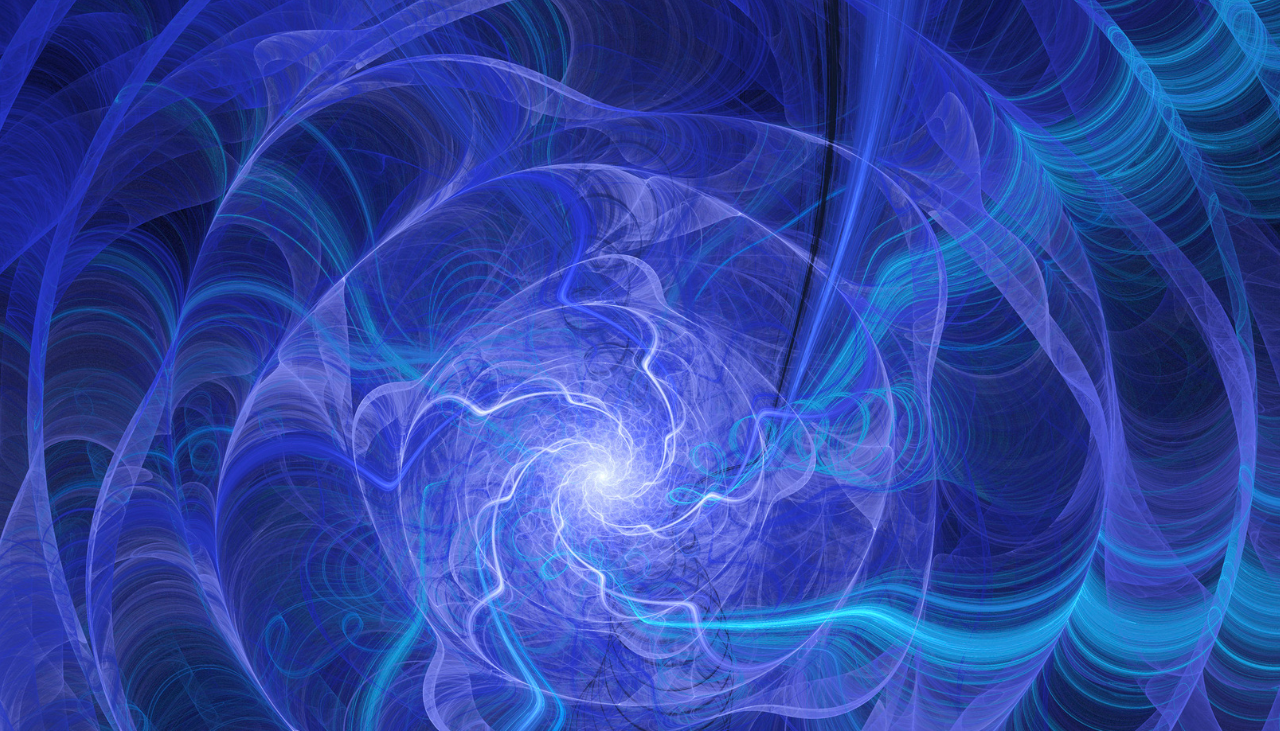
When Albert Einstein first proposed the existence of gravitational waves in 1916 as part of his general theory of relativity, the concept seemed more like science fiction than reality (Einstein, 1916). These ripples in spacetime, caused by some of the universe’s most violent and energetic processes, eluded direct observation for nearly a century. However, the groundbreaking detection of gravitational waves by the Laser Interferometer Gravitational-Wave Observatory (LIGO) in 2015 marked the dawn of a new era in astronomy, allowing us to observe the cosmos in ways previously unimaginable.
What Are Gravitational Waves?
Gravitational waves are disturbances in the fabric of spacetime, much like ripples spreading across a pond when a stone is dropped into it. These waves are generated by cataclysmic events such as the collision of black holes, neutron star mergers, or even the supernovae marking the explosive deaths of massive stars.
Einstein’s theory of relativity explains that massive objects cause spacetime to curve, and when these objects accelerate—like two black holes spiraling towards each other—they create waves that propagate outward at the speed of light. These waves carry information about their origins and the nature of gravity itself.
How Do We Detect Gravitational Waves?
Detecting these faint waves is no small feat. LIGO and its European counterpart, Virgo, employ laser interferometry to measure incredibly minute distortions in spacetime. Each observatory has two long, perpendicular arms with mirrors at their ends. When a gravitational wave passes through, it slightly alters the length of these arms, and the laser beams detect this change.
To grasp the sensitivity of this measurement, consider this: LIGO can detect changes in length smaller than one-ten-thousandth the diameter of a proton (Abbott et al., 2016)! This precision underscores the technological marvel that gravitational wave observatories represent.
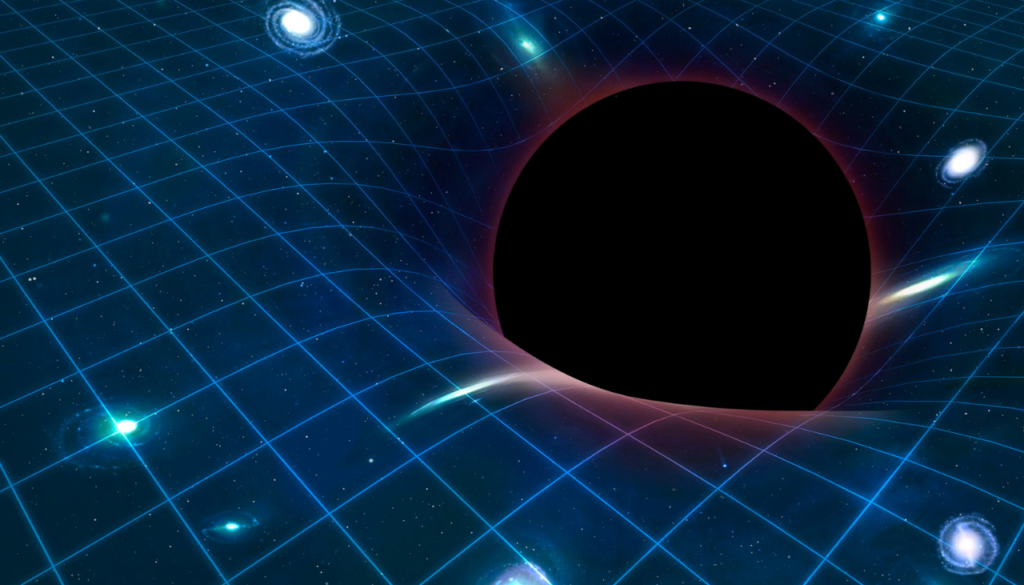
Why Are Gravitational Waves Important?
The detection of gravitational waves provides a new “sense” for observing the universe, complementing traditional optical, radio, and X-ray astronomy. Here are some of the most exciting discoveries made possible by gravitational wave astronomy:
- Black Hole Mergers
Before LIGO’s first detection, black holes were mostly studied indirectly. Now, we can directly observe the merging of black holes and learn about their masses, spins, and origins.(Abbott et al., 2016). - Neutron Star Collisions
In 2017, LIGO and Virgo detected gravitational waves from a neutron star collision. This event, accompanied by electromagnetic observations, confirmed that such mergers are a primary source of heavy elements like gold and platinum in the universe. - Testing Einstein’s Relativity
Gravitational waves allow scientists to test general relativity in extreme environments, such as near black holes. So far, Einstein’s predictions have held up, but each observation provides a new opportunity to probe the limits of his theory. - Unlocking the Early Universe
While current detections focus on events in the relatively recent cosmic past, future observatories like the European Space Agency’s LISA (Laser Interferometer Space Antenna) may detect primordial gravitational waves created shortly after the Big Bang. These waves could reveal secrets about the universe’s infancy.
As technology advances, the field of gravitational wave astronomy is poised for exponential growth. Plans for next-generation observatories, such as LISA and the Einstein Telescope, promise to extend our reach into the universe, detecting smaller waves and exploring new astrophysical phenomena.
Gravitational waves also inspire collaboration between scientists across disciplines. The synergy between gravitational and electromagnetic observations—a practice called multi-messenger astronomy—has already yielded groundbreaking discoveries and is expected to become even more common (Abbott et al., 2016).












